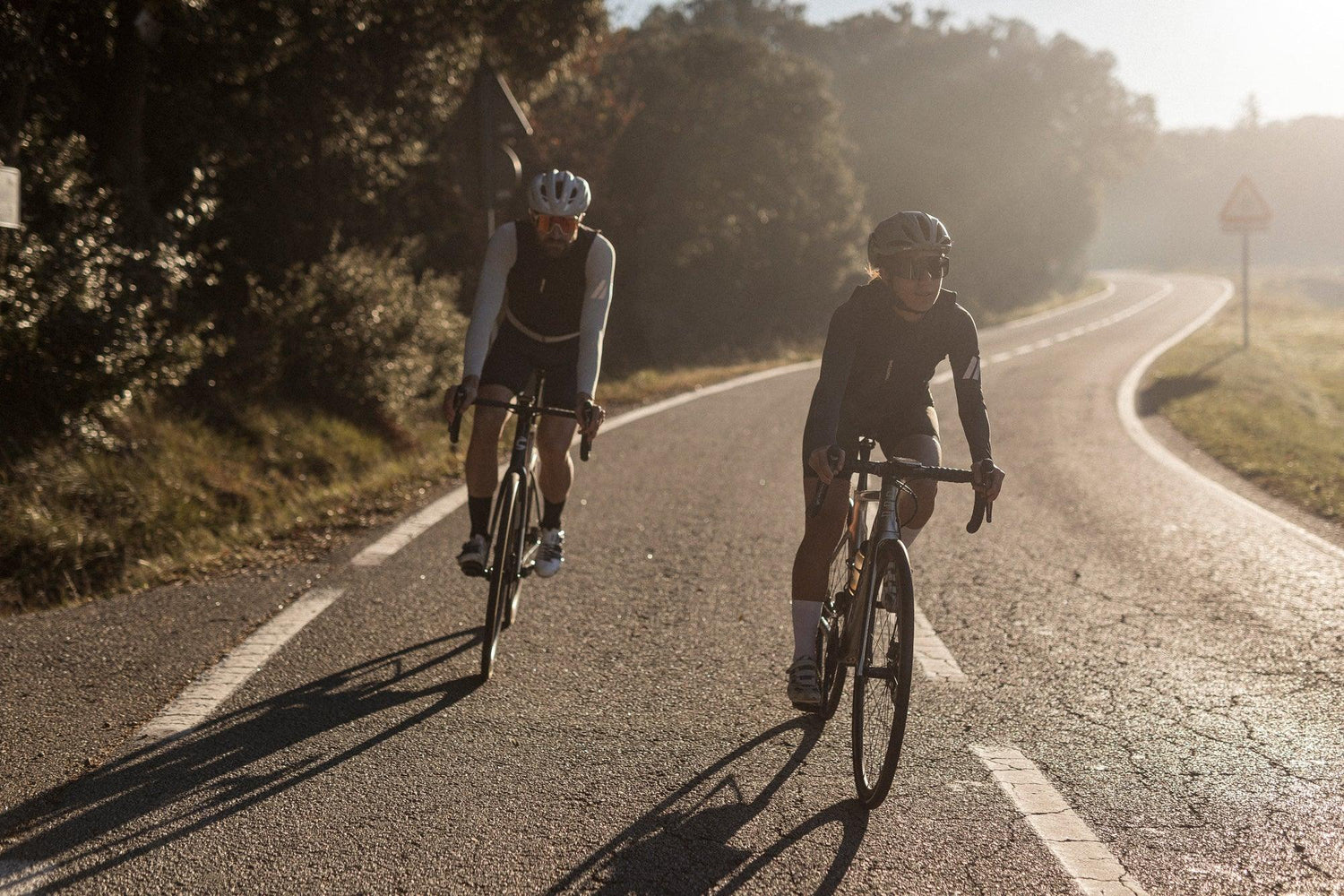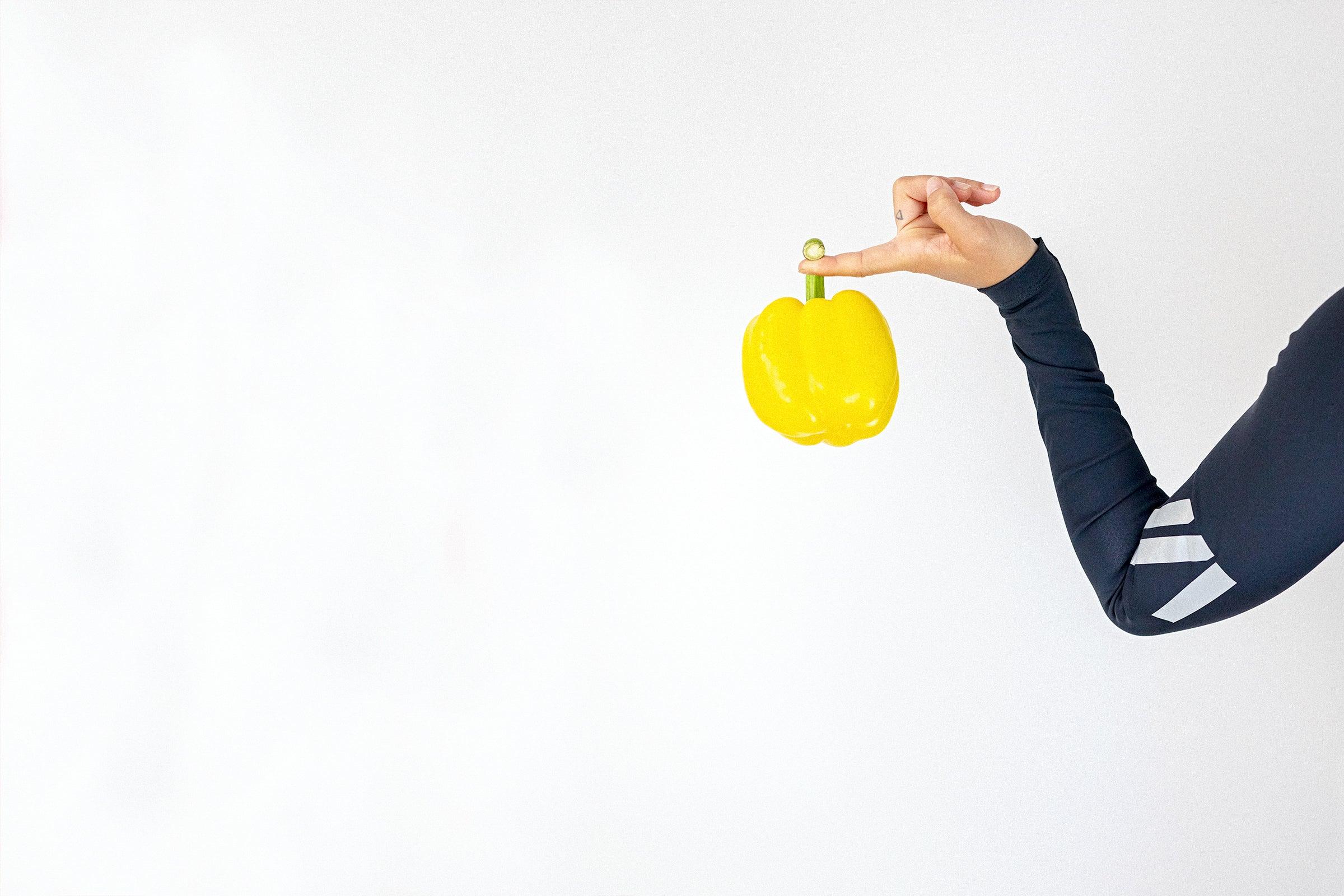Nutrition Lab #6 | Training on the roller
During the pandemic days, many cyclists had to experience more often what it means to train on the roller. In fact, many are still using it on rainy days.
It is important to know that sessions on the trainer are very different from outdoor training. In fact, many cyclists are able to notice some of the changes. But do we have to adapt to these changes nutritionally?
In order to be able to adapt these changes it is very important to know what the differences are between the two types of sessions:
- On the roller, the calorie expenditure per hour is higher than in road sessions. During these training sessions we do not stop pedalling at any time, they are much more intense sessions and, therefore, a greater calorie expenditure is generated.
- In these sessions there is a worse thermoregulation, caused by the increased temperature and humidity, and also by the lack of "movement". For this reason, it is recommended to carry out the sessions with the windows open or with a fan nearby. Sweating rates are usually much higher, as there is more fluid and mineral loss, so we need to hydrate better.
How do we achieve good hydration during our roller sessions?
The most important thing is to start your training sessions well hydrated, so it is essential to drink water or hypotonic drinks in the hours before your training sessions.
Whether training on the roller or outdoors, it is important to keep your fluid and sodium intake adequate according to the duration and intensity of your workout. In fact, the intensity is the main difference between the two sessions, which is increased during the running sessions, so the needs are usually around 700-1000ml/h. Isotonic drinks are usually a very good option for this, as they allow us to obtain both sugars and sodium.
Is nutrition important in these types of training?
My answer is clear: Yes, it is.
A good nutritional pattern will help us to perform better in training and avoid moments of increased anxiety or hunger during the rest of the day. If the sessions last around 50 or 60 minutes, it is essential to provide the body with a small amount of carbohydrate, between 30-40g CH/h. This is the equivalent of a large piece of fruit.
When the sessions are longer, the carbohydrate ratio will increase to about 50-80g CH/h, depending on the intensity of the training. In these sessions we can use all kinds of food. Those of you who know me know that I love dates or quince. You can also use isotonic drinks to ingest more sugars or consume bars, gummies and/or gels.
All these strategies have to be supervised by a trainer and a dietician.






